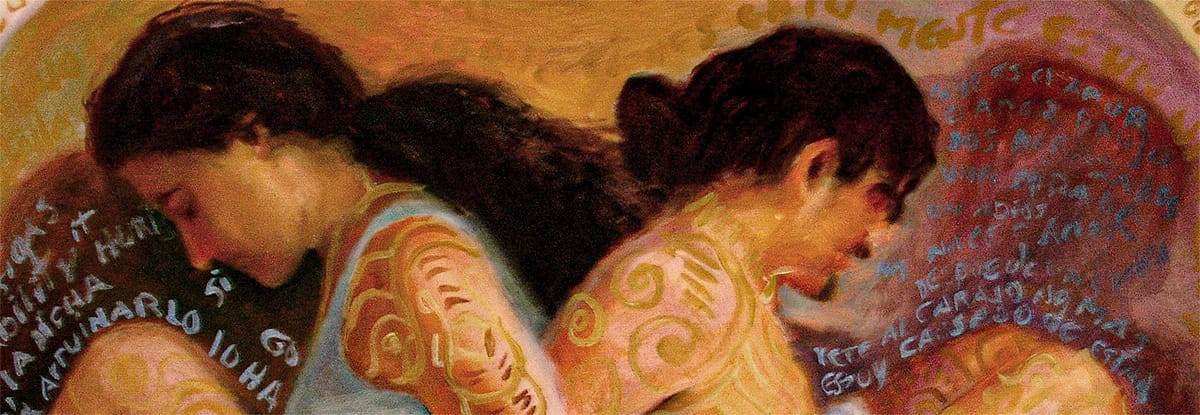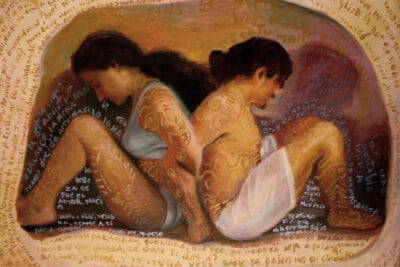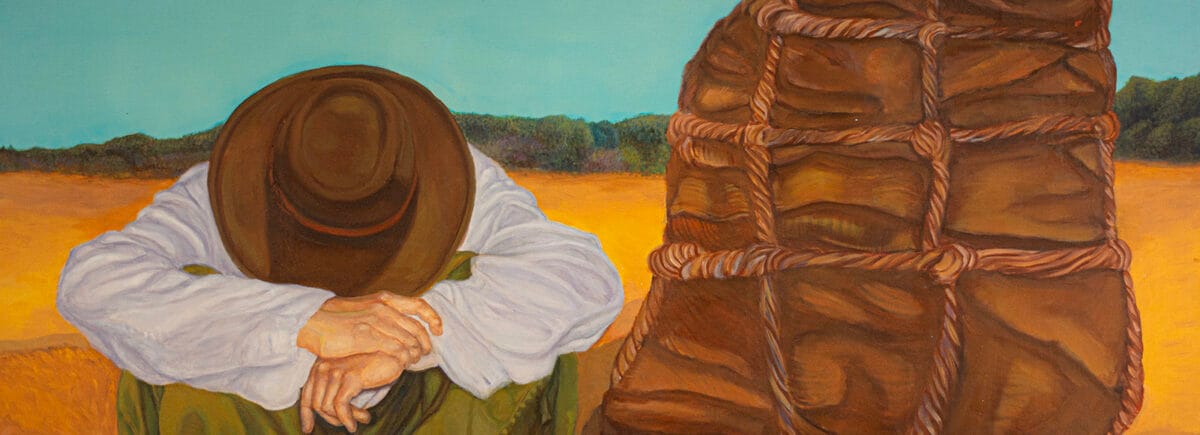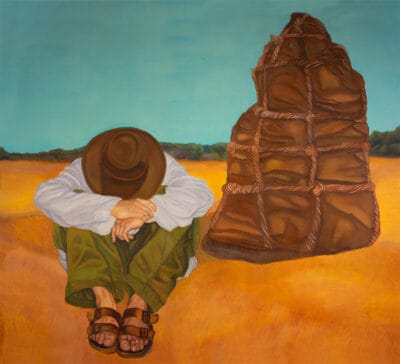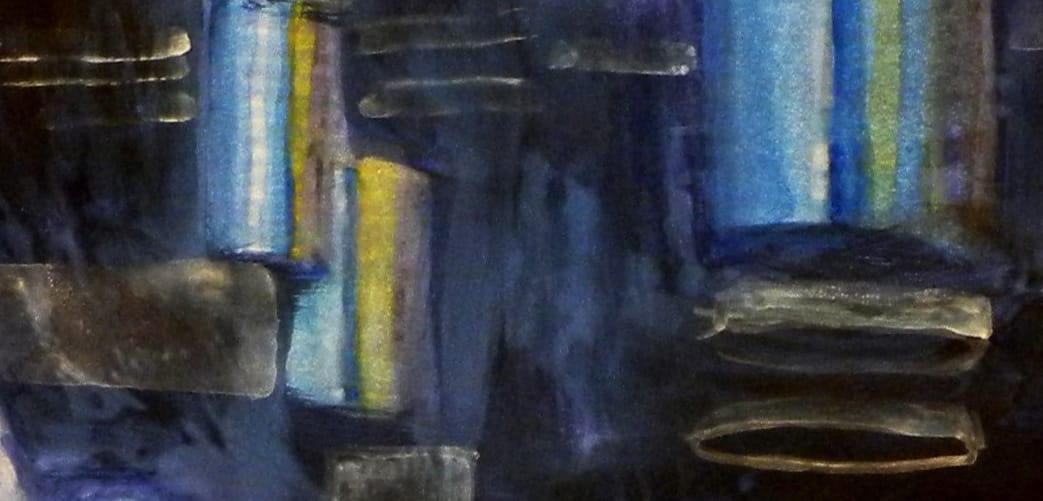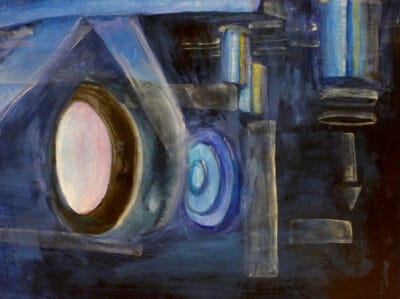Love is an incredible force that etches itself into our very beings, connecting us in everlasting ways. While we might experience sorrow in love, know that it truly heals with time. It’s a delightful game we play, where with every gentle bounce of the ball, our resilience only grows stronger!
At Love Tides, we explore the passion that artists pour into their work. It may seem a bit self-indulgent, but every brushstroke is a loving caress that allows us to embrace ourselves. In those exhilarating moments of creation, we unleash a whirlwind of energy and satisfaction. Let go of all your doubts and immerse yourself in the joy of self-expression! Even when love fades from the canvas, the essence remains. The truths we seek aren’t in others but deeply rooted within us. There’s no need to chase after affection; instead, let the vibrant colors of our skin and spirit shine brightly before your eyes.
Take a moment to relish this harmony and empower yourself with newfound wisdom. Remember, it’s essential to nurture and uplift yourself first before spreading love to those around you.
Love can be a beautiful, fleeting moment of peace—one that flourishes when we take responsibility for our happiness. One insightful saying goes, “I long to have love every day, now I cry to leave me alone.” Isn’t that true for so many of us? Love arrives, sometimes taking us by surprise, but we can’t escape its pull. Life is about balance; too much or too little leaves us feeling cold.
This brings us back to the idea of self-awareness. If we embrace change, we can strive for meaningful connections without losing ourselves. Here’s to celebrating those lovely moments in life and relishing the paradoxes that come with it—oh, how fascinating it is! Let’s dive into this journey together, discovering the essence of love along the way.
Love links Oil on Canvas 34″ x 30″
Visit our channel here
